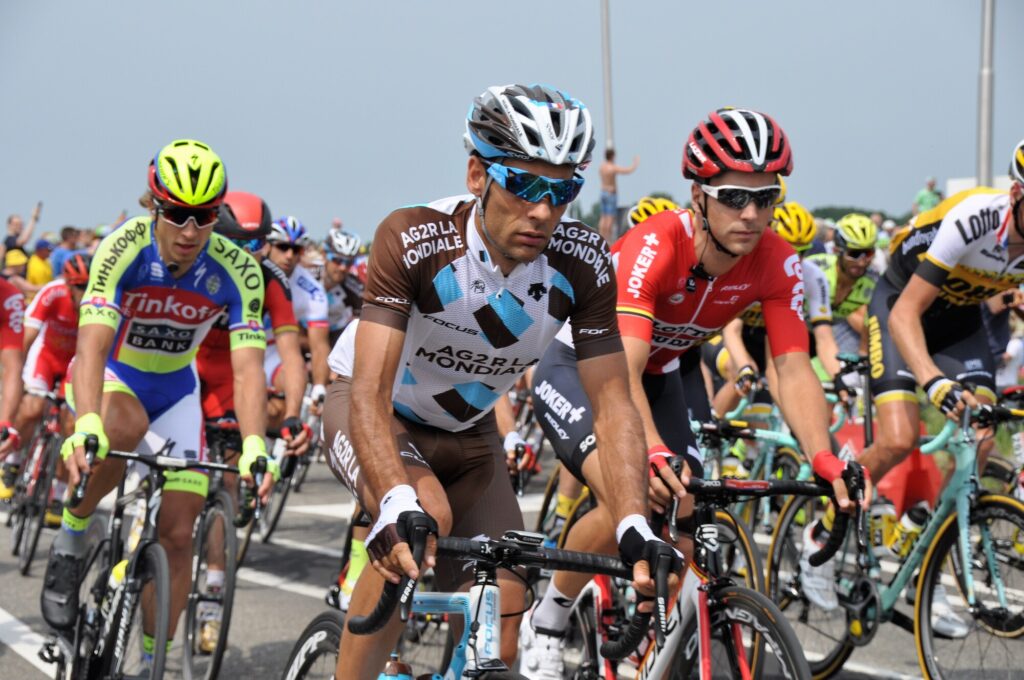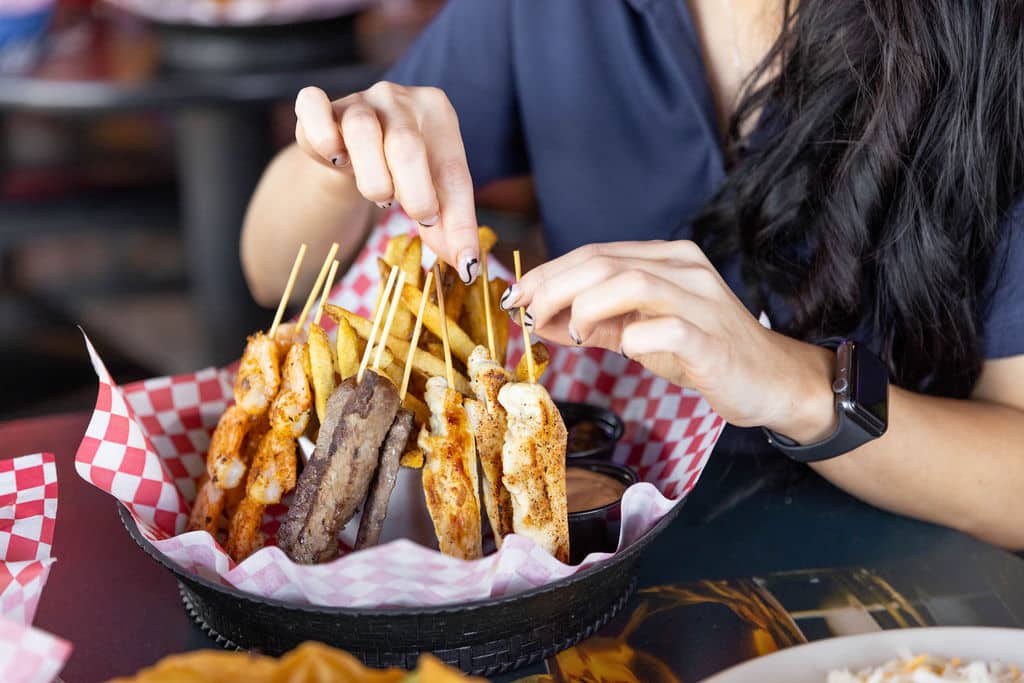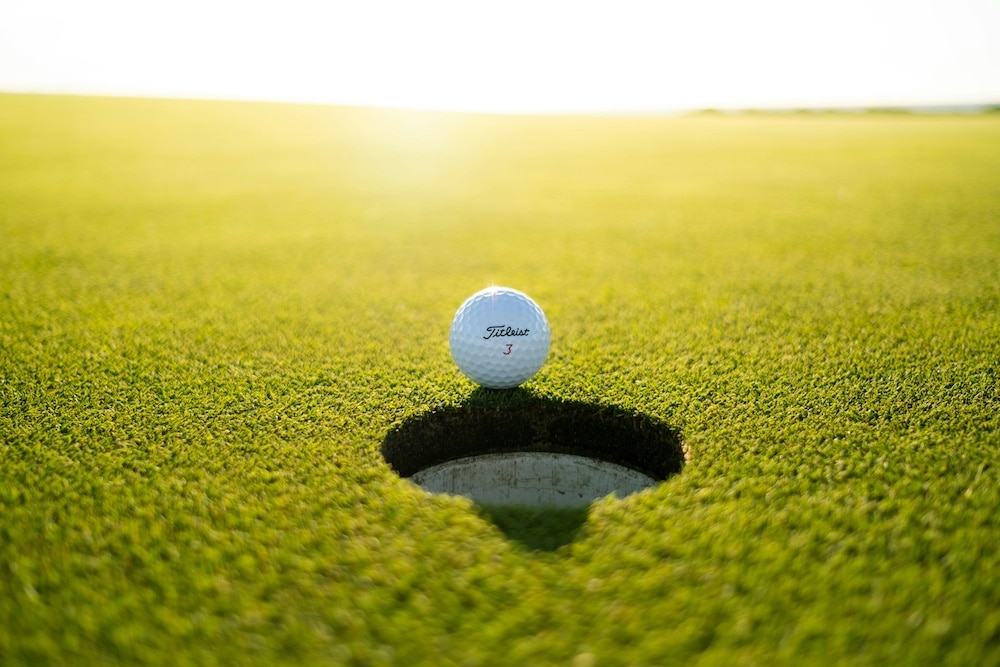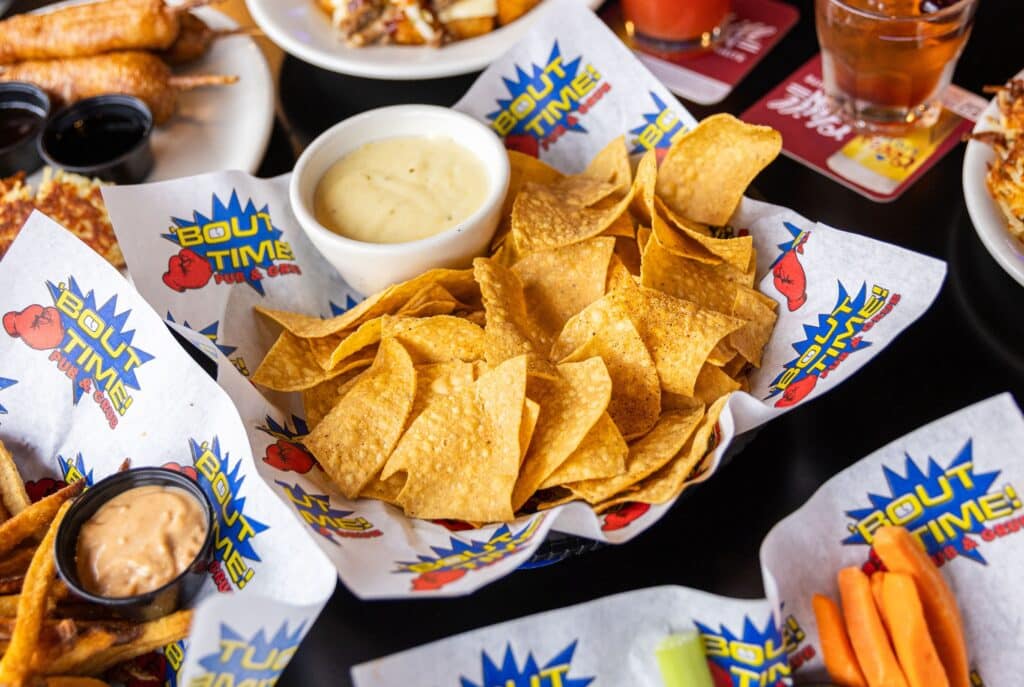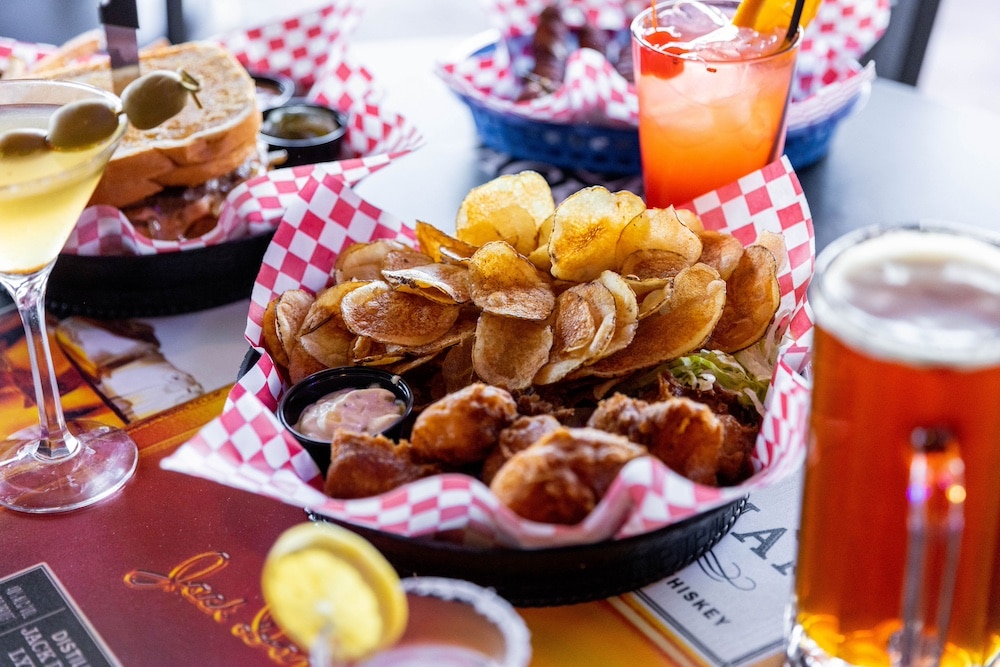Every year, over 51 million Americans ride their bicycles, which means this is the third most-popular outdoor activity in the nation!
While some people bike out of necessity (for commuting), others love doing it to see the scenery. But others would prefer to watch it on screen, such as when big races like the Tour de France are on.
The Tour de France is a race for the ages, which makes it worth learning about. Read on for a brief Tour de France history!
The Starting Line: Origins of the Tour de France and Its Early Years
The very first Tour de France happened on July 1, 1903. The race had six stages, starting and ending in Paris. Each stage was around 250 miles, and took the cyclists through cities like Lyon, Marseilles, and Toulouse.
The competitors only got one to three days to rest between stages. And even though there were no mountain passes, this 1,500-mile race was still pretty brutal.
For instance, it was a completely solo trip for the cyclists. They had to bring their own supplies and fix their bikes when they broke down.
Advancements in Cycling Technology: How Bikes and Gears Have Transformed the Race
We have years of ever-advancing technology to thank for shaping the modern Tour de France. For example, we have aerodynamic bikes with streamlined designs and materials like carbon fiber, which make climbs faster and more efficient.
Bikes also now have electronic shifting and disc brakes. The former allows for easier gear shifting, and the latter provides increased stopping power and consistent performance in various weather conditions.
As for the riders, they can utilize aerodynamic clothing made of moisture-wicking and cooling fabrics. Specialized clothing also have advanced padding, chamois, and temperature regulation technologies for better comfort.
The Route Less Traveled: Changes in the Tour de France Course Over Time
As time progressed, Tour de France changes made the race only more difficult. More stages were added to the Tour de France course, and today, it has 21 stages that span 2,200 miles. There are also mountain climbs and time trials.
The earlier races were held during the day and night, but the darkness covered cheating. So to curb this, the Tour de France only occurs during the daytime.
Iconic Moments and Legendary Cyclists: Memorable Highlights From the Tour de France
One iconic moment was when the first famed yellow jersey was given to Eugene Christophe on July 19, 1919. Another was when a spectator punched Eddy Merckx in the liver; although heavily injured, he was able to finish the race (vomiting at the line).
Lance Armstrong was known for having a record of seven straight wins in the Tour de France. However, they were disqualified in 2012. This leaves a four-way tie of five wins each between Jacques Antquetil, Bernard Hinault, Miguel Indurain, and Eddy Merckx.
Bringing the Race to Bout Time Pub and Grub: Celebrating the Tour de France With Fellow Enthusiasts
Now that you know all about the Tour de France history, don’t you want to get in on the action? Here at Bout Time Pub and Grub, we’ve got more TVs than tables, so you and your buddies can chow down on great meals, drink cold beers, and cheer on the cyclists on the big screens.
So what are you waiting for? Find your nearest Bout Time Pub and Grub location!
